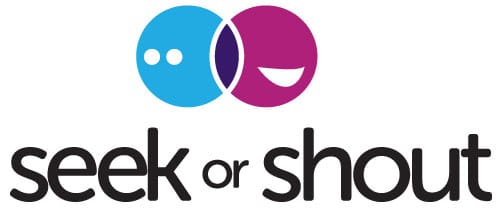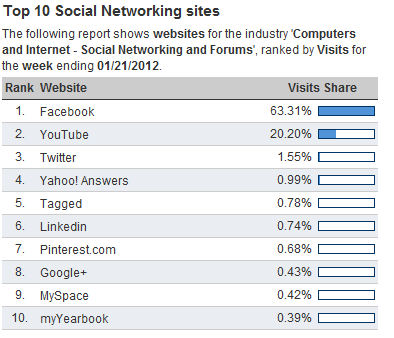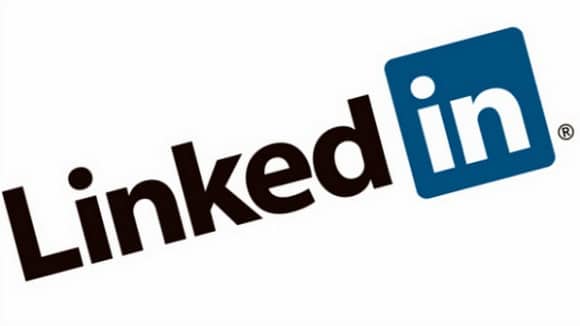
This is a guest post by Matt Andaloro.
Twitter, the never-ending story.
It’s a platform I find myself pitching to my friends and family more and more, as it has increasingly become a platform that the general public has become more open to using on a regular basis.
As a result of this, people I know have been gradually joining this social media snowball.
Which, truth be known, is pretty exciting because it means this social network is simultaneously becoming more powerful in general, and more personally pertinent for myself.
Along with this, If I look at who I follow, I am able to see a snapshot of different people I know in various stages of their journey through the Twitterverse.
This has caused me to think about my own trip through Twitter and what I considered the evolution of my Twitter experience. After putting some serious (but not too strenuous) thought into my Twitter milestones, I found that I was able to break my entire experience into 7 distinct phases.
Phase 1: The Beginning
The beginning is literally where it all started for me, from the initial set-up, the choosing of that first (sexy) avatar, following several celebrities, news sources, and friends who are already on the platform. Then came the daunting task of sending my first tweet, which I CLEARLY put so much thought into:

This tweet was followed by several weeks equally as insightful tweets, until some combination of the novelty of this new toy wearing off, and a lack of understanding of the platform induced a dormant and update-less Twitter-state.
Phase 2: The Second Push
After the 10 month dormancy came my second push into Twitter. For whatever reason, maybe another social media account has asked me to link up my various accounts, or I was simply harassed by some people in the social sphere, interest was sparked again.
This time I started discovering many more interesting people to follow, and my Twitter feed began to become much more interesting (and more tailored to my tastes), and it began to dawn on me why Twitter is so? Magical.
To quote a friend on his own dawning moment he said:
When I was on Twitter and I saw a David Bowie Official tweet right below a CBC News tweet, and I thought to myself: Oh? I see why people love this.
Suffice it to say, I was hooked like many of those before me had been.
Phase 3: Learning How To Tweet
The quality of my tweets didn?t see any remarkable improvement in the first little while, mostly because I was sitting in front of my computer trying to sound insightful or make meaningful observations.
It wasn?t until I got Twitter on my phone and started relaying actual observations that I received my first non-gratuitous re-tweet!
It was a big day. Tears may have been shed.
From that point on, my tweets became less angst-y, and my thoughts were those that more than one person could share, as I learned more Twitter-oriented ways of expressing myself.
Phase 4 ? 5: Searching and Engaging
Phase 3 was arguably the longest phase of my Twitter experience, as I spent month after month content with my micro-blogging and my information ingestion.
One fateful day, however, I was scrolling through my Twitter feed, and I wanted to talk to someone and I realized that the amount of people I was following who would actually message me back was very low, so phase 4 became finding and following real people.
I started with Hamilton, Ontario, then searched for people from my University, and then drilled down even further to people in my classes trying to find anyone to interact with. Phase 5 then became actually reaching out to these new connections I?d formed and starting ?actual- conversations.
The results led to phase 6.
Phase 6 ? Twitter IRL
The people I started connecting with online started connecting with me in real life!
(Note: Prior to this, being a very recent transfer into the Communication Studies program, I knew very few of my new classmates.)
I connected with a bunch of people and was afforded the opportunity to establish a common ground that I had been unable to do previously while a professor was lecturing. This then built into several relationships.
The power of this platform simply continued to grow.
Phase 7 ? The Present
Which brings me to my present phase. Although I recognize that it may be the seventh phase of my Twitter adventure, I still find myself plagued with nearly as many questions as I had in phase one.
- How do I create valuable content?
- What value do I bring to online interactions?
- How do I interact successfully in a professional manner?
I even find myself re-facing some of the questions from the previous stages, if only at a greater stage.
- How do I create messages that my audience will jive with?
- Do I sound cool enough?
- Is what I am talking about old news?
- Am I too sensational?
- How do I make sure my personality bleeds through?
Whether or not I?ll find answers to these questions in this phase, or in an unknown phase in the future (The 10,000th tweet? Building a Following? Becoming a Source?), remains to be seen.
All I can do right now is work at it while trying to enjoy the journey as much as possible.
If you made it to the end of this story, I would love to hear your story. Do your phases reflect any of mine? Or did you have an entirely different experience? Do you have any advice for someone entering phase 7?
Thanks for reading.
 About the author: Matt Andaloro is currently a Marketing Analyst and an aspiring blog writer at Jugnoo. A lover of magic, learning, stories, and the intricacies of interpersonal communication, Matt is an avid rock climber, a part-time improviser, and a self-proclaimed outdoorsman. You can converse with Matt on Twitter, but be forewarned, he is exclamatory and excitable!
About the author: Matt Andaloro is currently a Marketing Analyst and an aspiring blog writer at Jugnoo. A lover of magic, learning, stories, and the intricacies of interpersonal communication, Matt is an avid rock climber, a part-time improviser, and a self-proclaimed outdoorsman. You can converse with Matt on Twitter, but be forewarned, he is exclamatory and excitable!




 About the author: If you found value in this article, I encourage you to connect with Ryan on Twitter at
About the author: If you found value in this article, I encourage you to connect with Ryan on Twitter at 


 About the author:
About the author:


 About the author: Kevin M. Green is the Vice President, Strategy at
About the author: Kevin M. Green is the Vice President, Strategy at 

 About the author:?Stacey Acevero is the social media community manager of
About the author:?Stacey Acevero is the social media community manager of